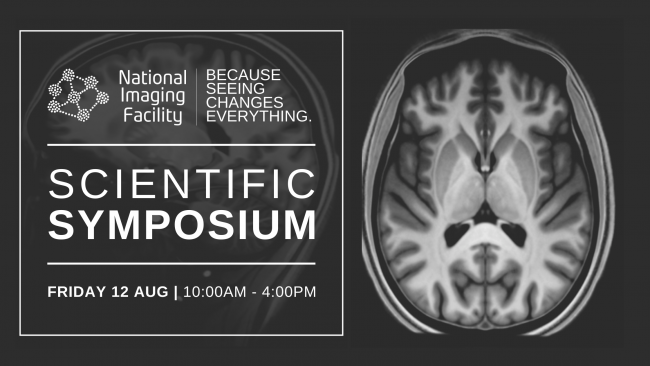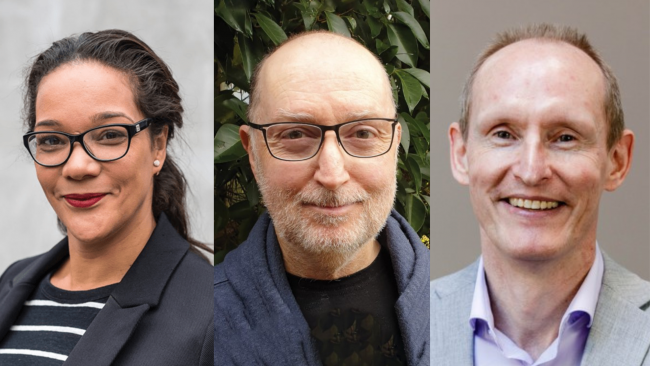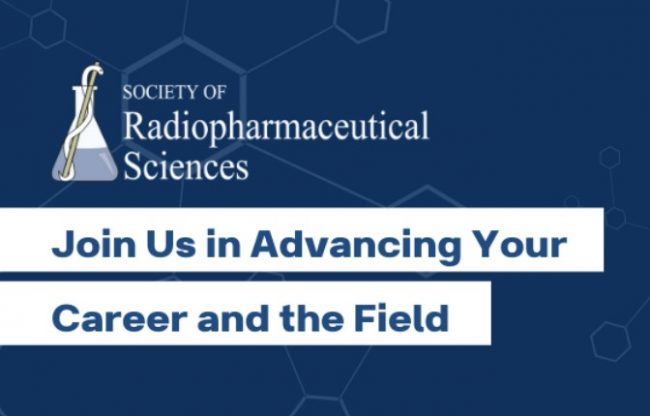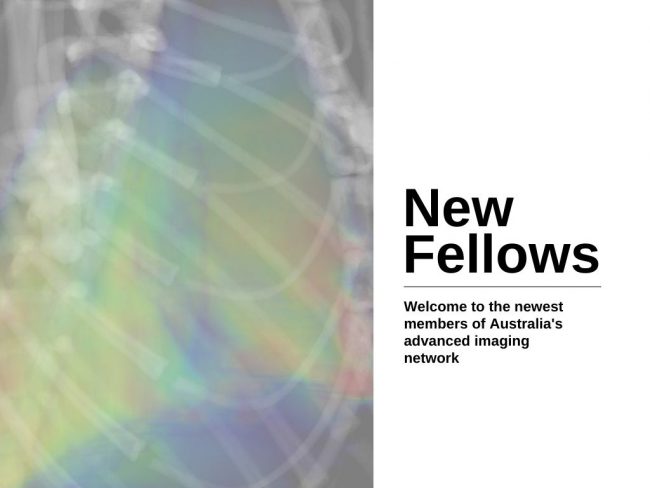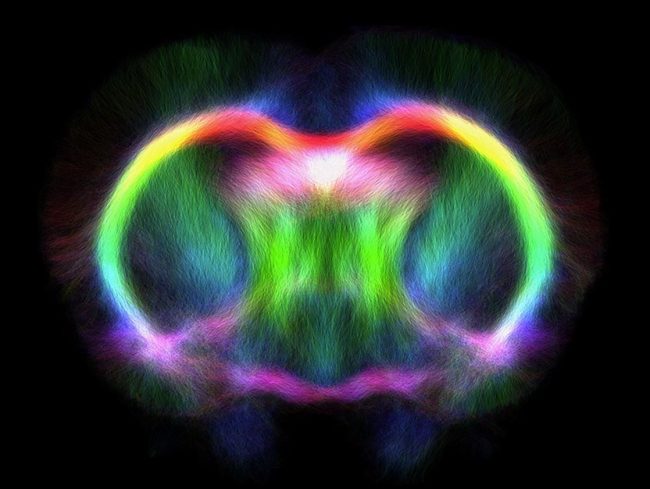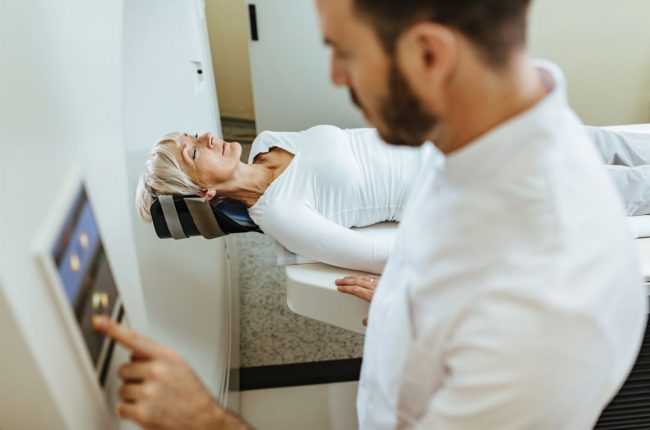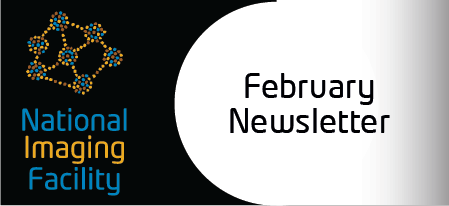You’re invited: National Imaging Facility Scientific Symposium 2022
Join us to hear from Australian researchers, industry and health partners, sharing advances in imaging technology and discussing the role imaging plays in enabling discovery – leading to better products and better health.
National partnerships for innovation and impact is the theme of National Imaging Facility’s annual symposium at UNSW in Sydney on August 12 – and accessible online for virtual attendance.
Our symposium theme reflects NIF’s goal of developing and promoting partnerships that deliver a coordinated imaging network for Australian users.
Parking
Information regarding casual visitor parking (incl. rates) can be found here: Parking | Estate Management | UNSW Sydney. Drivers can register and pay for casual parking with the CellOPark App.
Scientific Symposium programme | Sydney | Friday 12 August 2022
Time: 10:00am – 4:00pm, Friday 12 August 2022
Location: UNSW Sydney, Ainsworth Building G03
Planning Committee: Alex Burton, Bec Dickson, Dr Shawna Farquharson, Prof Wojtek Goscinski, Prof Paul Parizel, Dr Carl Power, Dr Karine Mardon, Prof Lindy Rae, Saba Salehi, Prof Andrew Scott AM, and Prof David Wright.



